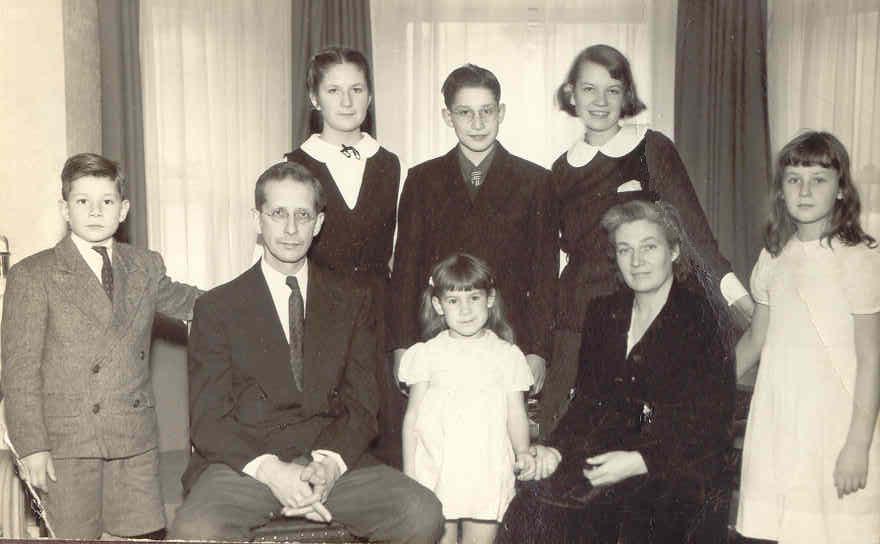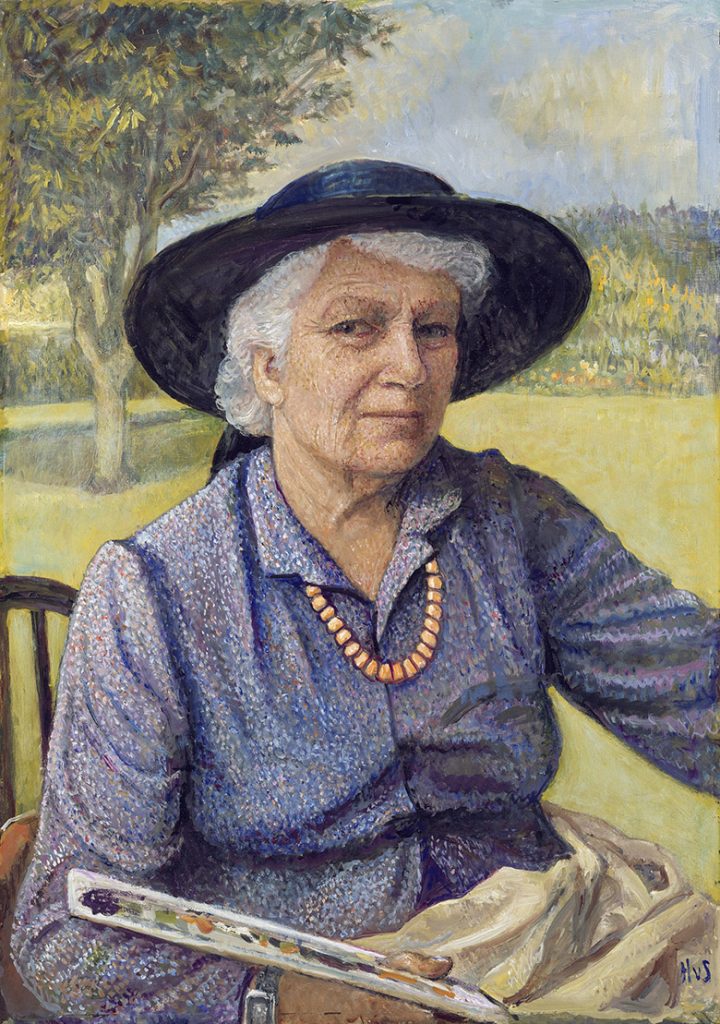e
Read our review of the first book in the series, Five For Victory, here.
When Diane and I were preparing for our formal interview with Dr. John Tepper Marlin, son of Hilda van Stockum, he told us that people would often remark to his mother that she had “such interesting children.” Marlin said that his mother always chuckled at that remark because she thought that all children were interesting, but that most parents don’t listen much. Hilda was an astute observer of people, and children in particular. And John said that his mother was always listening to people, and afterward scribbling down detailed notes about their stories. All of her books were born out of overheard conversations, anecdotes from letters, and stories that people would tell her while with her.
The Irish books (Cottage at Bantry Bay, Francie on the Run, and Pegeen) are based on the stories of an Irish friend. The Winged Watchman was based on the experiences of her family in the Dutch resistance during WWII. The Borrowed House is based on the experience of someone who is still alive and cannot be named. And, The Mitchells series is largely autobiographical of the Marlin family during WWII, and their subsequent years in Canada. We reviewed the first book, Five For Victory, here. In this review, we will cover the Canadian books.
Don’t make the mistake I made. I read Friendly Gables first (Silly, Sara). I don’t know why I was confused, but I was, and I read Friendly Gables and Canadian Summer out of order. I did the same thing with Pegeen and Cottage at Bantry Bay. This is not a paid commercial, but it is a good time to mention that Biblioguides has all of the books . . . in order . . . you know . . .you could do what I didn’t do, and just check there before you blunder into reading out of order. That said, a testament to Hilda’s excellent writing is that I didn’t even know I read them out of order until I reached for the “next” book and realized the mistake. Since all are more or less collections of moments and vignettes, they are all sort of stand-alone stories. But reading them in order will enrich your reading experience.

In our interview with Dr. Marlin, I asked him who was who in the Mitchells and the Marlins:
Joan Mitchell – Olga Marlin
Patsy Mitchell – Brigid Marlin
Peter Mitchell – Randal Marlin
Angela Mitchell – Shelia Marlin
Timmy Mitchell – John Tepper Marlin
Catherine Mitchell – Lis Marlin
Twin Babies – Hilda’s literary creation to stand in place of Baby Gerard who died
Grannie – Olga Boissevain van Stockum (Hilda’s mother)
After the war, Daddy gets a job in Canada which causes the Marlin/Mitchell family to move to Montreal. Canadian Summer chronicles the exciting summer the family lives through before settling in their “permanent” Canadian home.
At the time the family is trying to move to Montreal, there are no houses available to rent. The family takes an extremely rustic cabin in the woods on a road that is so bad no car can travel it. Crammed into a tiny cabin with no running water, and next to no comforts, Mother is harried and uneasy about how to keep everyone healthy and well cared for. The children, however, see this as an adventure of the first order. A nearby lake to swim in, a forest to explore, friendly neighbors, and near total isolation means that the kids can run free and enjoy one of those kinds of summers where memories are made and savored.
As always, however, little troubles happen. Despite their scrapes and scares, the family make some important friends, and end the summer with a beautiful home to move into. This is a delightful story about childhood at its most idyllic. My children think it is their favorite of the three books.
In Friendly Gables, the family has moved to Montreal. Sadly, in real life, Grannie fell on the ice and ended up dying. When this story opens, her absence is felt. Especially since Mother has just given birth to twin boys.
In real life, Grannie/Olga van Stockum, was one of nearly a dozen children whose mother had hired an English nursemaid to help. That nursemaid became an important part of Grannie’s life. In Friendly Gables, Mother has just delivered her twin babies and needs help. Hilda writes in an English nursemaid who appears to be patterned after Grannie’s nurse. Miss Thorpe reminds me a bit of Nurse Matilda – no one likes her (nor she them) at the start, but everyone loves each other by the end.
Friendly Gables is just over half the length of Five For Victory. To hear Dr. Marlin tell it, this was a very bleak time in the life of Hilda. She had lost two brothers in the war, her mother, and Baby Gerard. I admire her ability to take a dark time in her life and still capture some of the beauty and humor. This story is sweet in many places, funny in others, and all-around lovely to read. And like nearly all of her books, these are lovingly illustrated by the author.
I am grateful for these stories, not only because of their delightful quality, but also for this glimpse into the life of an author who has become so dear to me.
